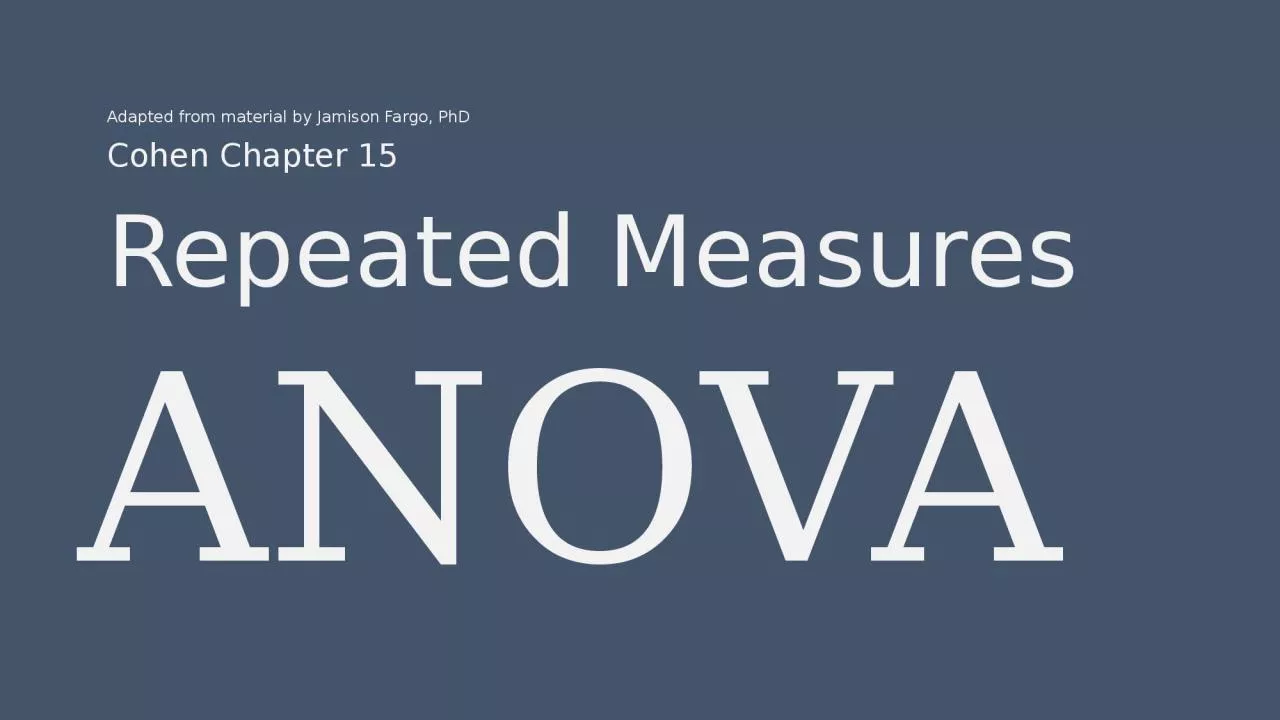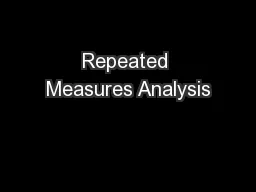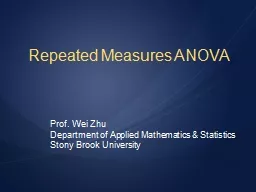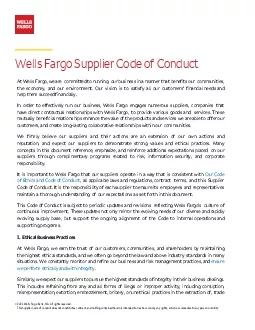PPT-Repeated Measures Adapted from material by Jamison Fargo, PhD
Author : gabriella | Published Date : 2024-03-13
Cohen Chapter 15 ANOVA The biggest job we have is to teach a newly hired employee how to fail intelligently We have to train him to experiment over and over and
Presentation Embed Code
Download Presentation
Download Presentation The PPT/PDF document "Repeated Measures Adapted from material..." is the property of its rightful owner. Permission is granted to download and print the materials on this website for personal, non-commercial use only, and to display it on your personal computer provided you do not modify the materials and that you retain all copyright notices contained in the materials. By downloading content from our website, you accept the terms of this agreement.
Repeated Measures Adapted from material by Jamison Fargo, PhD: Transcript
Download Rules Of Document
"Repeated Measures Adapted from material by Jamison Fargo, PhD"The content belongs to its owner. You may download and print it for personal use, without modification, and keep all copyright notices. By downloading, you agree to these terms.
Related Documents














